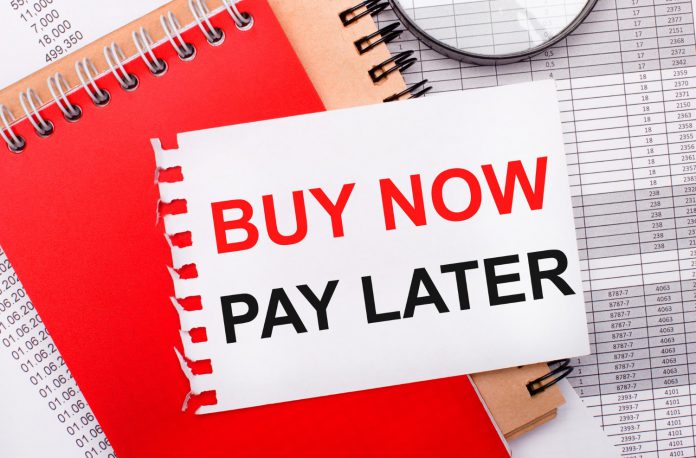In today’s digital age, the way we shop and pay for goods has undergone a significant transformation. One of the latest trends gaining momentum is the “Buy Now, Pay Later” (BNPL) model. This financial solution allows consumers to make purchases instantly and spread the cost over time, typically in interest-free installments.
While this approach offers convenience and flexibility, it also comes with its own set of pros and cons that consumers should carefully consider.
Pros:
- Convenience and Accessibility: BNPL services offer a seamless shopping experience, allowing consumers to make purchases with just a few clicks, both online and in-store. This accessibility makes it easier for individuals to buy products they need or want without having to pay the full amount upfront.
- Budgeting Flexibility: By spreading payments over several weeks or months, BNPL can help consumers manage their budgets more effectively. Instead of making a large lump-sum payment, they can divide the cost into smaller, more manageable installments, making it easier to afford big-ticket items or unexpected expenses.
- Interest-Free Options: Many BNPL providers offer interest-free repayment plans, making it an attractive alternative to traditional credit cards or loans. This can save consumers money on interest charges, especially if they pay off the balance within the promotional period.
- No Credit Checks: Unlike traditional financing options, BNPL services typically do not require a credit check. This means that individuals with limited or poor credit history may still qualify for these programs, expanding access to financial products for a wider range of consumers.
- Increased Spending Power: BNPL can increase consumers’ purchasing power by allowing them to buy products immediately and pay for them later. This can be particularly beneficial for individuals facing temporary cash flow constraints or unexpected expenses.
Cons:
- Potential Debt Accumulation: While BNPL offers short-term relief for cash flow issues, it can also lead to long-term debt accumulation if not managed responsibly. Consumers may be tempted to overspend or make purchases beyond their means, leading to financial strain in the future.
- Late Fees and Penalties: Missing a payment or defaulting on a BNPL plan can result in late fees, penalties, and potentially damage to one’s credit score. It’s essential for consumers to understand the terms and conditions of their agreement and make timely payments to avoid additional costs.
- Hidden Fees and Charges: While some BNPL services advertise as “interest-free,” there may still be hidden fees or charges associated with late payments, processing fees, or account maintenance. Consumers should carefully review the terms and conditions to fully understand the cost structure before committing to a BNPL plan.
- Impact on Credit Score: While BNPL services typically do not require a credit check to enroll, some providers may report missed or late payments to credit bureaus, which can negatively impact one’s credit score. This could make it more challenging to qualify for future loans or financing options.
- Encourages Impulse Buying: The convenience of BNPL can encourage impulse buying behavior, as consumers may be more inclined to make spontaneous purchases knowing they can delay payment. This can lead to unnecessary spending and financial instability if not kept in check.
In conclusion, the rise of Buy Now, Pay Later services offers both benefits and drawbacks for consumers. While it provides convenient access to credit and flexibility in managing finances, it also poses risks such as debt accumulation, late fees, and potential damage to credit scores. It’s crucial for individuals to weigh the pros and cons carefully and use BNPL services responsibly to avoid falling into financial pitfalls. Ultimately, disciplined budgeting and responsible spending habits are key to maximizing the benefits of BNPL while mitigating its risks.




